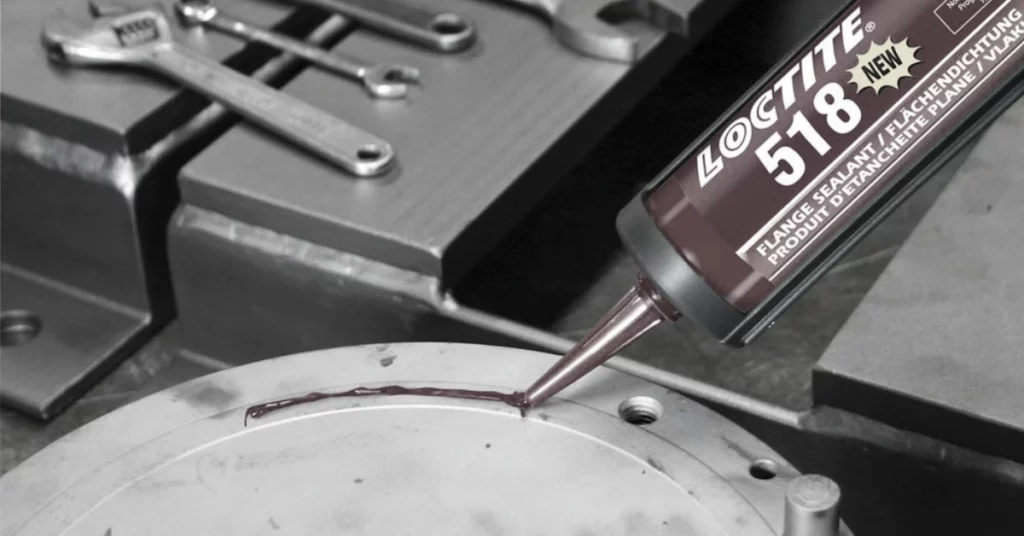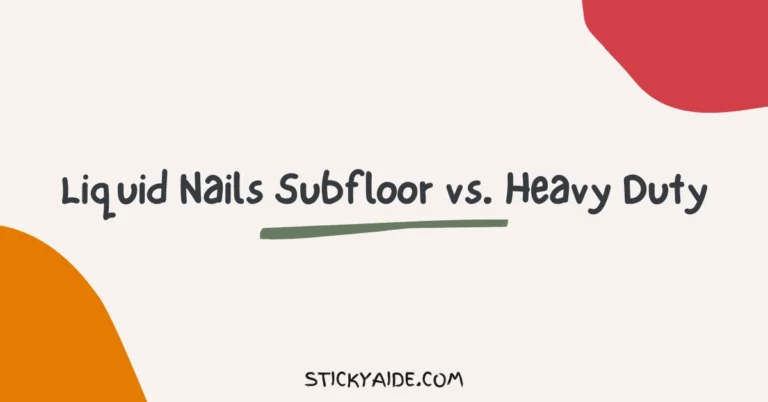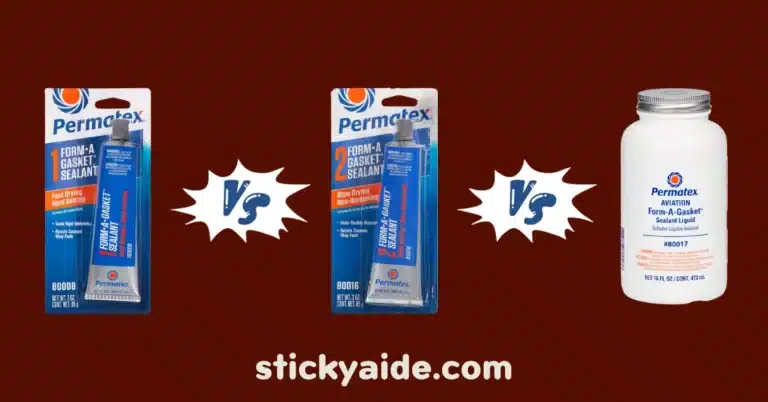Loctite is one of the few adhesive brands that offer a number of different adhesives to their clients.
While it is a good news that the variety is huge, because the glues are differentiated by numbers, it can be quite confusing, especially for those who have a limited idea about the Loctite glues.
To help you out in such situations, here, I have compared Loctite 510 vs. 518 for your further understanding. Go through the article below to find out more.
Read More: Loctite 515 vs. 518
Loctite 510 vs. 518
Both the Loctite 510 and Loctite 518 adhesives are from the same brand and are made for the same purpose.

However, there are some significant differences between them. I have listed these differences in a comparison table below for a quick overview.
| Properties | Loctite 510 | Loctite 518 |
| Viscosity | 40,000 | 500,000 |
| Tensile Strength | 1,085 psi | 1,060 psi |
| Temperature Resistance | 400°F | 300° F |
| Color | Pink | Red |
| Price | A bit high price | Affordable |
Read More: Loctite Blue vs. Red
What Are The Differences Between Loctite 510 and 518?
Now that you know how Loctite 510 differs from Loctite 518, it’s time to explain them in detail for your better understanding.
#1 Viscosity
The viscosity of a glue matters. That’s because it determines how easily the adhesive can be smeared on the surface. When it comes to viscosity, there is a huge difference between Loctite 510 and Loctite 518.
For starters, Loctite 510 has a viscosity level of 40,000. This means that this adhesive has low viscosity and is runny. It will flow faster and smoother through the surface.
This makes applying the adhesive easier on the pipes and fittings.
On the other hand, the viscosity of Loctite 518 is different. This glue has a high viscosity of 500,000 and offers superior bonding capabilities.
Such high viscosity also ensures maximum control over the assembly.

#2 Tensile Strength
Even though they have similar chemical compositions, the tensile strength of Loctite 510 and Loctite 518 differs significantly.
For instance, Loctite 510 is a high-strength gasket sealant that offers an accumulated tensile strength of 1,085 psi.
Because of such high strength, this adhesive provides more robust bonding and works incredibly well on surfaces.
Comparatively, Loctite 518 is also a high-strength gasket sealant with a tensile strength of 1,060 psi.
However, it is less than the 510 sealant and, hence, doesn’t provide a strong bond as its competitor.
Read More: Loctite 510 vs. 515
#3 Temperature Resistance
The durability of an adhesive or sealant largely depends on the temperature resistance of its composition. And when I am talking about the temperature-resistant feature, both the Loctite 510 and Loctite 518 has different heat resistant level.
For starters, Loctite 510 can withstand 400°F of heat without melting or messing. You can use it in high-heat conditions without any worries.
However, Loctite 518 doesn’t serve the same. This sealant can resist just 300° F before melting and messing.
Read More: Loctite 242 vs. 243
Last Opinion
After comparing Loctite 510 vs. 518 adhesives, I can confidently say that I will pick Loctite 510 over Loctite 518 on any given day.
That is because, even though the Loctite 510 is a bit higher priced, it offers services and convenience that are worth the price.
This adhesive is stronger, more durable, and easy to use. As it has high tensile strength and is resistant to high temperatures and chemicals, this adhesive will provide a more durable bond than its close competitors.








